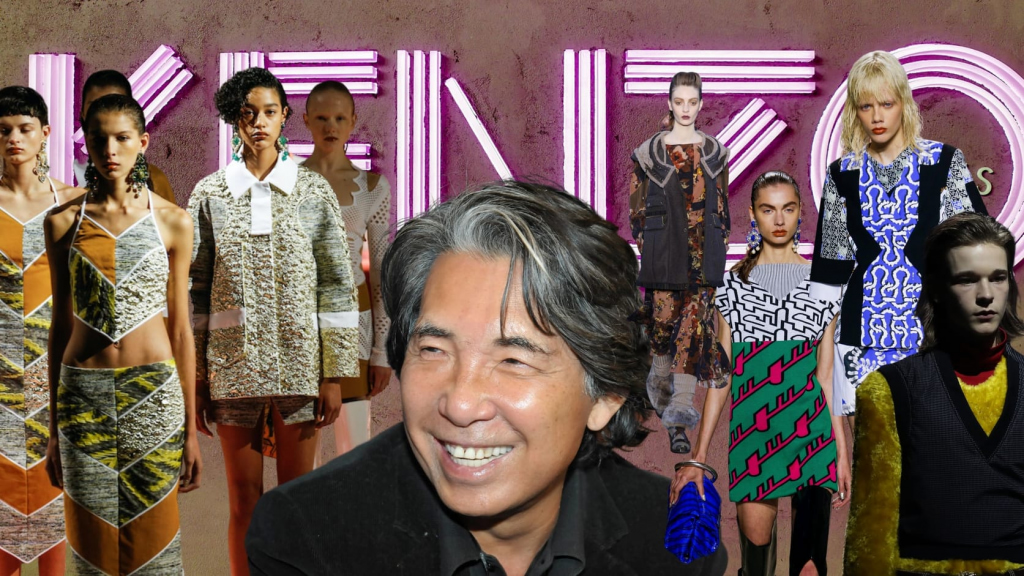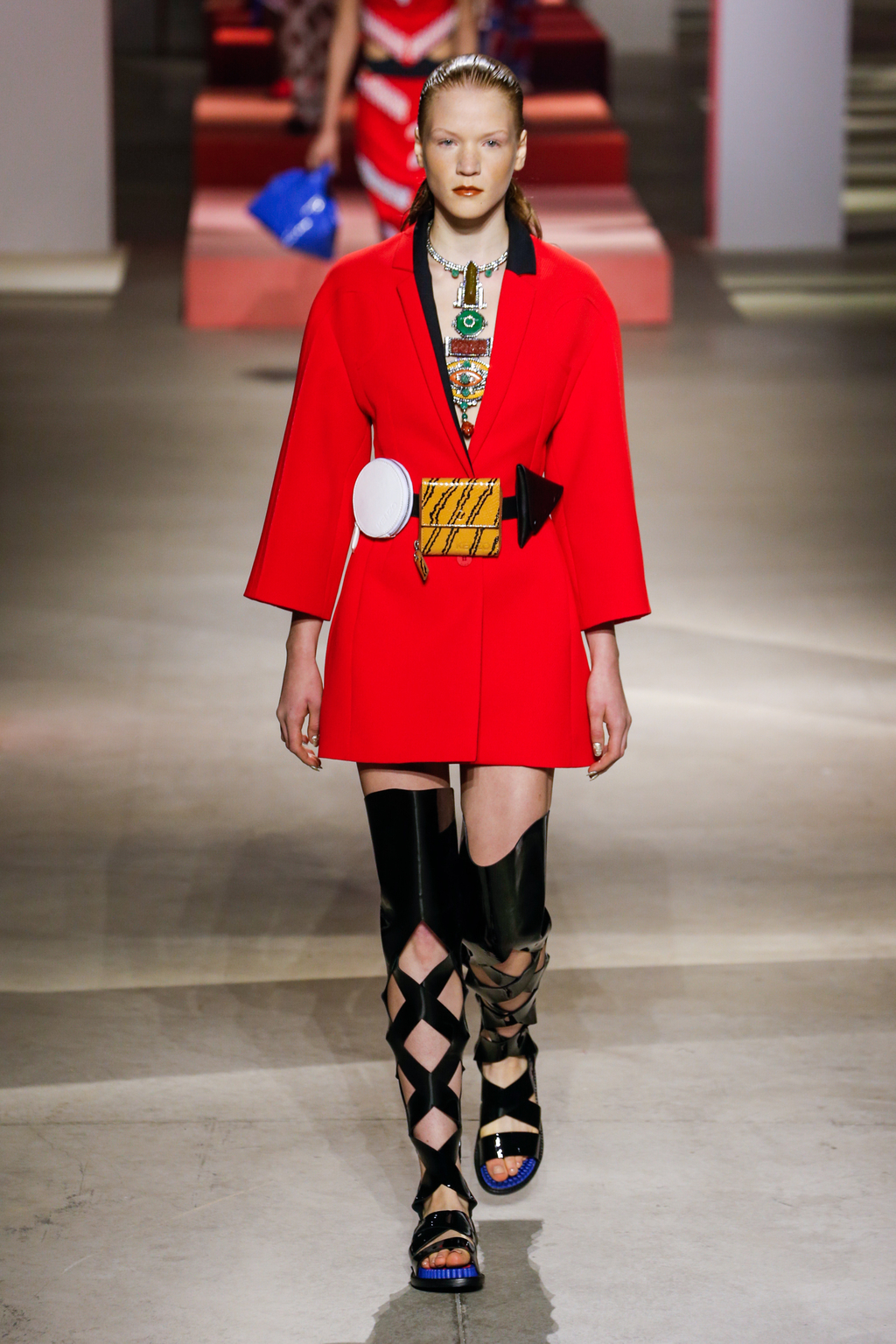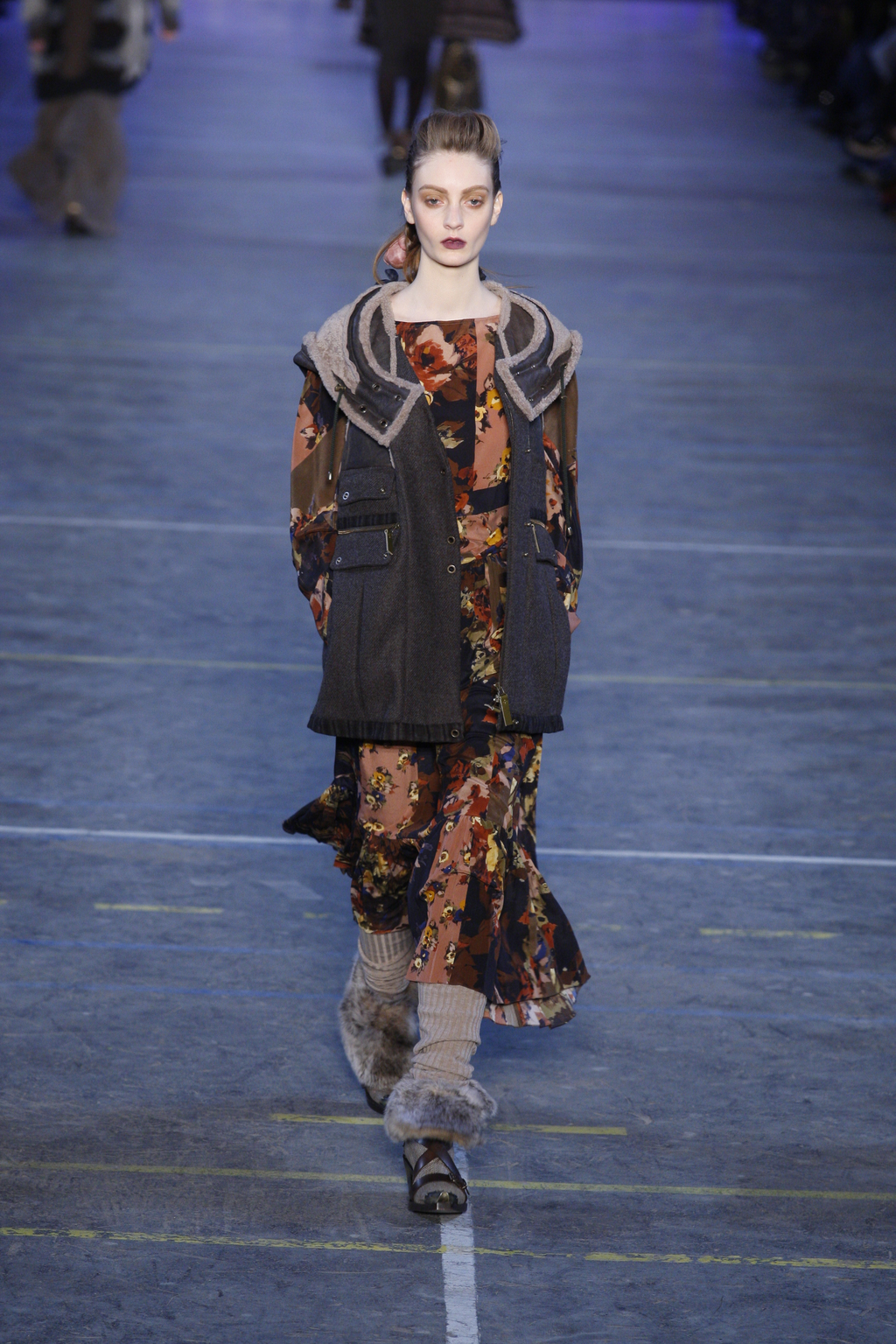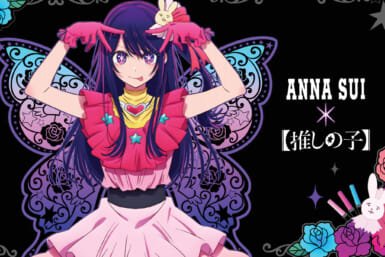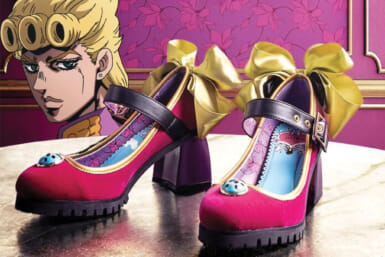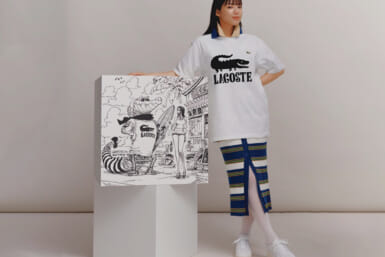To say that Kenzo Takada — or simply Kenzo as the world knows him best — defied expectations of what fashion was is something of an understatement. He left Japan at the age of 25 to seek opportunity and freedom and it was only five years after he arrived in Paris that he found it by launching his own fashion house Kenzo. This emporium would soon become one of the most influential brands to emerge from Paris in the 70s.
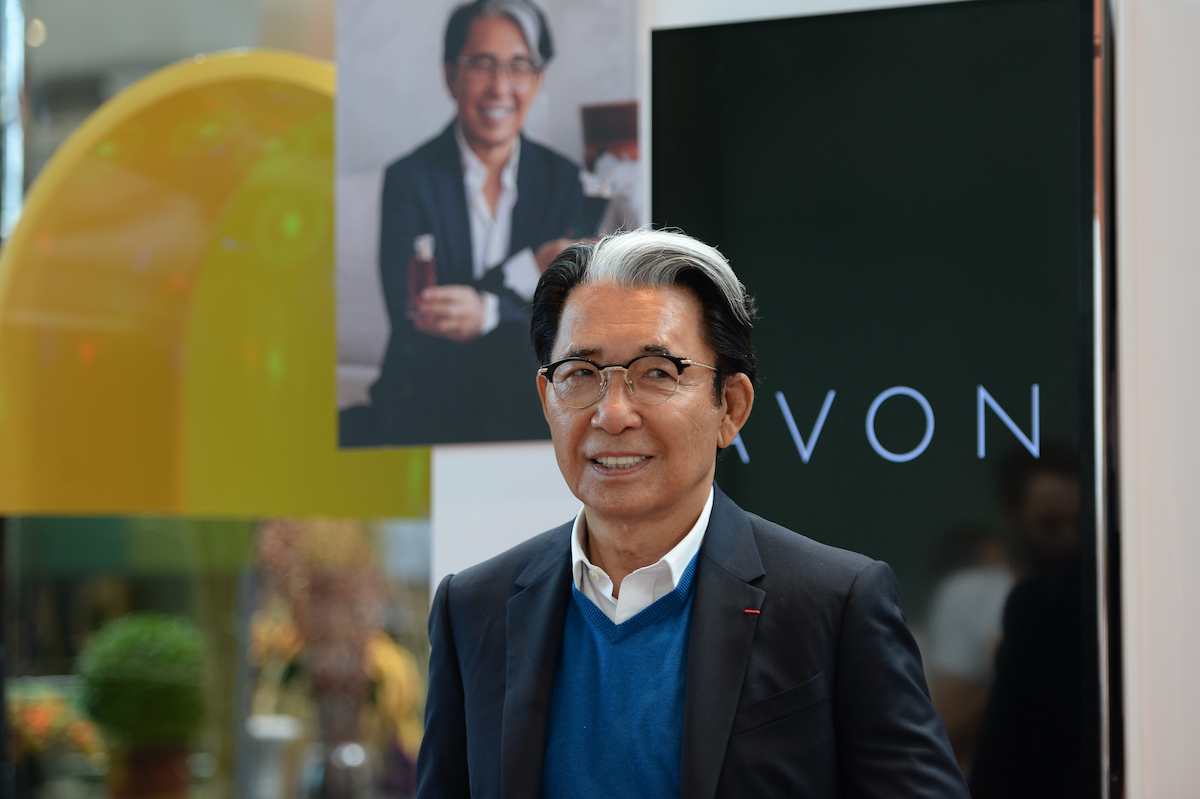
Though initially a misunderstanding of how the fashion runway format operated, Kenzo was the first fashion designer to present his collections in a see-now-buy-now retail style. He presented Spring collections in Spring, Autumn collections in Autumn, slowly but certainly paving the path for how the world would see runway presentations years later.
The Hyogo Prefecture-native was the exotic and new face in Paris in the 70s — perhaps because he brought a certain energy and vibrance in not only his demeanor but also through his works — who was until the end, life itself in the Parisian social, art and of course fashion scene. His shows were colorful circuses of models running, jumping and, rarely, standing still. What the world loved most about Kenzo and the Kenzo brand was that both he and his collections maintained one congruent feeling – flamboyant but effortless.
Kenzo was famous for his florals, which also transcended into his successful fragrance collection that featured a slick bottle with a single stem poppy, the Kenzo Flower. Since his debut in Paris, he had hedonistic, sensual energy that was always ahead of his time. And with this, a lot of the magic he created came naturally from what he manifested around him.
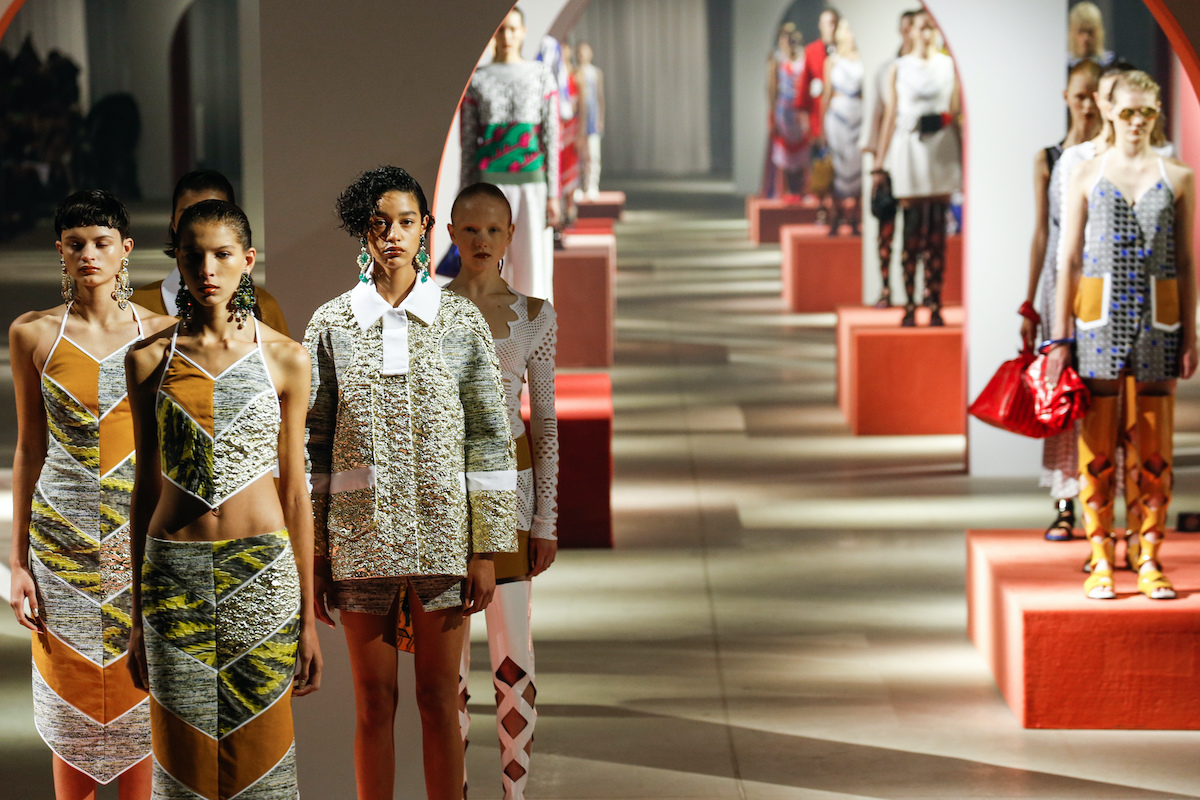
Models pose on the runway during the Kenzo show as part of the Paris Fashion Week Womenswear Spring/Summer 2016 on October 4, 2015 in Paris, France.
Kenzo passed away on October 4, during Paris Fashion Week, from complications linked to Covid-19. He was 81.
The Different Epochs of Kenzo
View this post on Instagram
Jungle Jap
Kenzo survived his first few years in Paris by selling design sketches to fashion houses while working as a stylist. Once he had enough money, he rented a small boutique and launched his first fashion label, Jungle Jap, a shout out to his origin and love for the rainforest aesthetic. Having traveled to Hong Kong, Vietnam and India before his arrival in Paris, Kenzo was inspired by everything he experienced in these countries: the textiles and tapestries, the colors, patterns, and incredible vibrance — it was everything he loved. But when he arrived in Europe and was quickly confronted with dark, grey, plain, and almost dreary colors and designs, he knew his calling was to flavor and spice things up.
The bold and eccentric textile patterns in Kenzo’s early works were a significant factor in his success. Soon after he launched Jungle Jap, Elle magazine made a cover feature, which resulted in immediate demand. With little financial resources, his first collections were essentially patchworked designs of fabrics from the Marche St. Pierre in Paris with vintage textiles brought over from Japan. The floral and nature-landscape designs and patterns from kimono fabrics and Japanese textiles were something the Parisian market had never seen before so accessible, which gave him even more appeal to fashionistas and celebrities of that time. Another prominent feature of his fashion was the use of cotton, which was rarely used in high fashion at the time. It allowed him to create billowy proportions and silhouettes – puffed sleeved blouses, flowy kimono robes and pleated harem trousers. Jungle Jap continued as a label that was hand-crafted, limited and thus exclusive.

Kenzo in the late 70s-90s
Though his brand was celebrated and revered in Europe during his early years, it wasn’t until his debut in New York in 1976 that Kenzo dropped the collection name Jungle Jap. It was criticized for being too derogatory despite being a literal, wild success. Now, operating as Kenzo, his shows continued to operate as lively and vibrant extravaganzas and his designs throughout the 70s and 80s maintained the strong signature of his rich appreciation of prints and lively colors. Kenzo garments continued to showcase his love affair with floral designs and powerful textile patterns from different cultures worldwide. Later known as RTW fashion, Kenzo evoked the concept of what-you-see, is what-you-get, along with a youthful and active spirit (emerging from his runway performances) which is now what we know today as “active” or “lifestyle” wear.
Through the 80s, Kenzo’s fashion adopted more knits and heavily layered designs inspired by his love of travel and culture, expressed in literal ways as blending different cultures into one well-thought-out design. This was the main feature in his showcase collection in 1986 called Around the World in 80 Days. Kenzo mastered precision and perspective of design during his first years in Paris and with this ability, he was able to bring ethnic clothing into high fashion. He could sew together styles from across the globe in a beautiful, cohesive and aesthetically attractive manner. And though his fashion remained consistent in terms of homage style to colors and patterns, Kenzo was never fixed on one look, but approached fashion as a continuous creative and innovative process.
Iconic Kenzo Designs
Kenzo came up with many signature silhouettes that are now widely used across almost all fashion houses worldwide. Tunics, moa collars, layered looks, and taffeta dresses are among the few that remain today as fashion styles and designs we are all familiar with.
View this post on Instagram
Patchwork
Kenzo’s patchwork designs were what essentially made his brand recognized on a global scale within the first few years of his debut. His patchwork garments were creations made from necessity. Having little money to buy large bolts of fabric for his garments, he had no choice but to sweep through different markets and vintage shops collecting fabrics of all sorts (and sizes) and rearranging them into colorful mosaic ensembles. With his aesthetic eye and ingenious sense of design, not to mention careful and detailed sewing techniques, his pieces immediately caught the attention of fashion enthusiasts leading quickly to his cover feature on Elle magazine. Just as he first stitched together different fabric pieces from different cultural tapestries in the early 70s, Kenzo believed that fashion had the power to unite and bring people together.
Loose Waistcoats & Kimono-Sleeves
Holding onto his roots, Kenzo introduced Asia-inspired looks to the fashion scene, which resulted in Japan’s growing and now strong influence on European and American designs. His use of fabrics and textiles that were softer, lighter and made from blends of silks and cotton allowed him to create silhouettes that gave more airy, flowing styles inspired by traditional kimono yukata robe designs. His loose waistcoat and kimono sleeve designs were unrestrictive, youthful and provided a sense of cultural difference to what was available at the time.
View this post on Instagram
The Big Look
During the mid-70s, Kenzo introduced the “Big Look” style and design that consisted of pieces in his collection that were voluminous and loose and baggy in fit. He created large billowy skirts, tent-style dresses, smocks and super wide-leg (elephant leg) trousers.
Indigenous Dress Meets High Fashion
Until his retirement in 1999, Kenzo designed collections that melded Japanese craftsmanship and patterns with the colorful narrative of different ethnic cultures. Each garment was thoughtfully designed pulling inspiration and influence from Eastern Europe’s folklore, layered dress codes of the Middle East, to the colorful tapestries and textiles of Ethiopia and India. Kenzo loved it all: turbans, Scandanavian sweaters, Indian jackets, Mexican indigenous garments, pulling inspiration from different eclectic styles and always maintaining a heavy emphasis on color. He created his own contemporary and unorthodox expression of ceremonial, indigenous dress that has traditional roots with no boundaries and in a context that was understood and loved in the world of high fashion.
The Kenzo Tiger
In 2001, Kenzo appointed Carol Lim and Humberto Leon, the innovators of the select shop Opening Ceremony, as the new co-creative directors of the Kenzo brand. Their onboarding was to revive and revitalize Kenzo’s vision to speak further to a younger and street-smart and chic audience. It was then, the Kenzo Tiger came to life. Inspired from previous collections where a small tiger was found on the insides of waistbands, jackets, bags and even wristwatches, Lim and Leon decided to expand on the idea and bring the Tiger back stronger and more apparent.
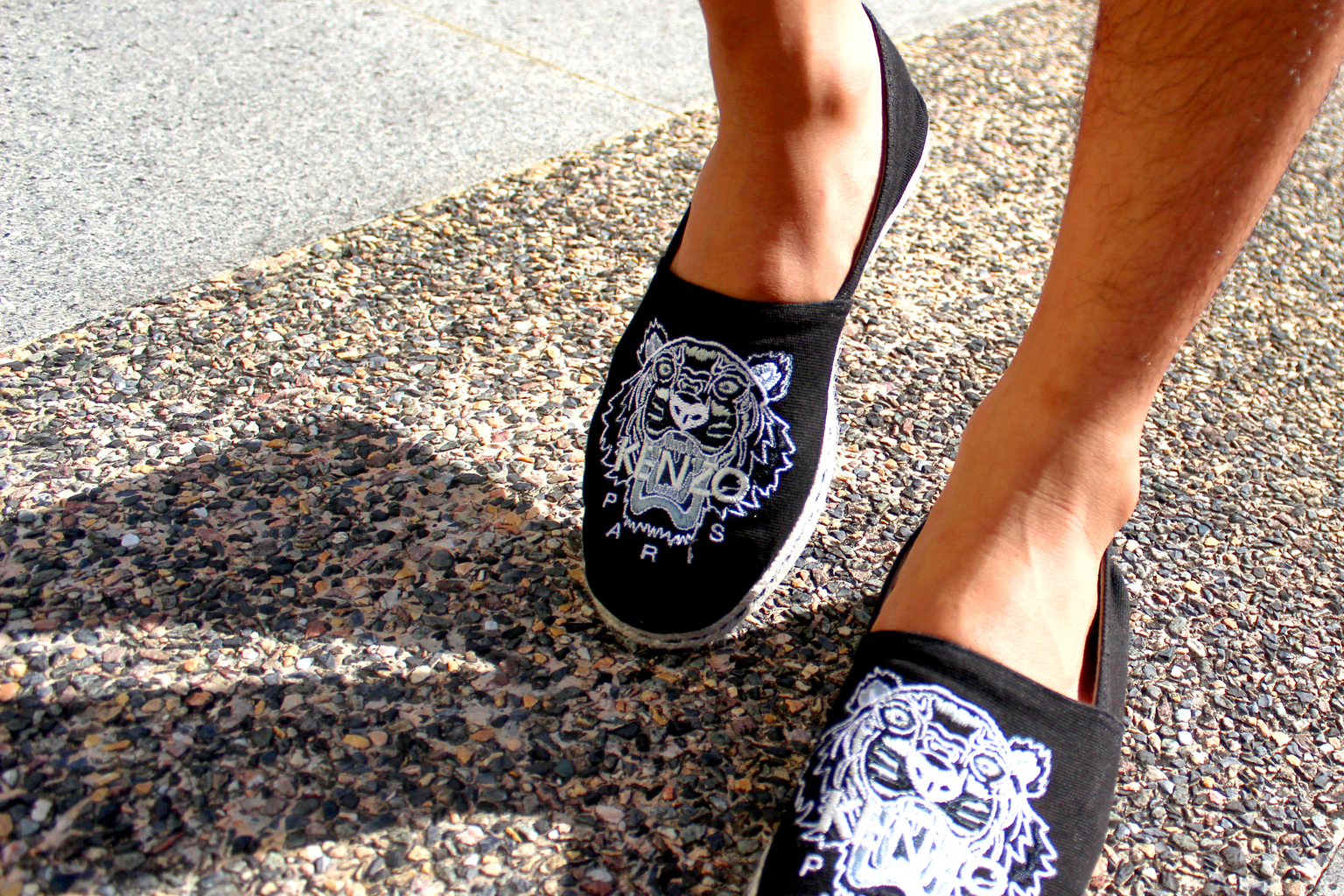
The Kenzo Tiger made its debut as a knitted jumper and as well, for the first time in the brand’s history, a sweatshirt. After a sell-out of products in the Opening Ceremony New York store in just two days, the Tiger continued to crawl across the other shops globally, each destination selling out within hours. This was the start of a future of sweatshirts and sweatpants included in the Kenzo collection, which essentially spoke more to a younger and active audience. For GenY and GenZ fashionistas, the Tiger emblem is synonymous with the Kenzo brand and appears on anything from t-shirts and sweats to caps and bags.
Thank you, Kenzo Takada, for bringing vibrance, life and excitement into fashion while creating bridges between cultures and people around the world. Rest in color!
Updated On January 16, 2023

